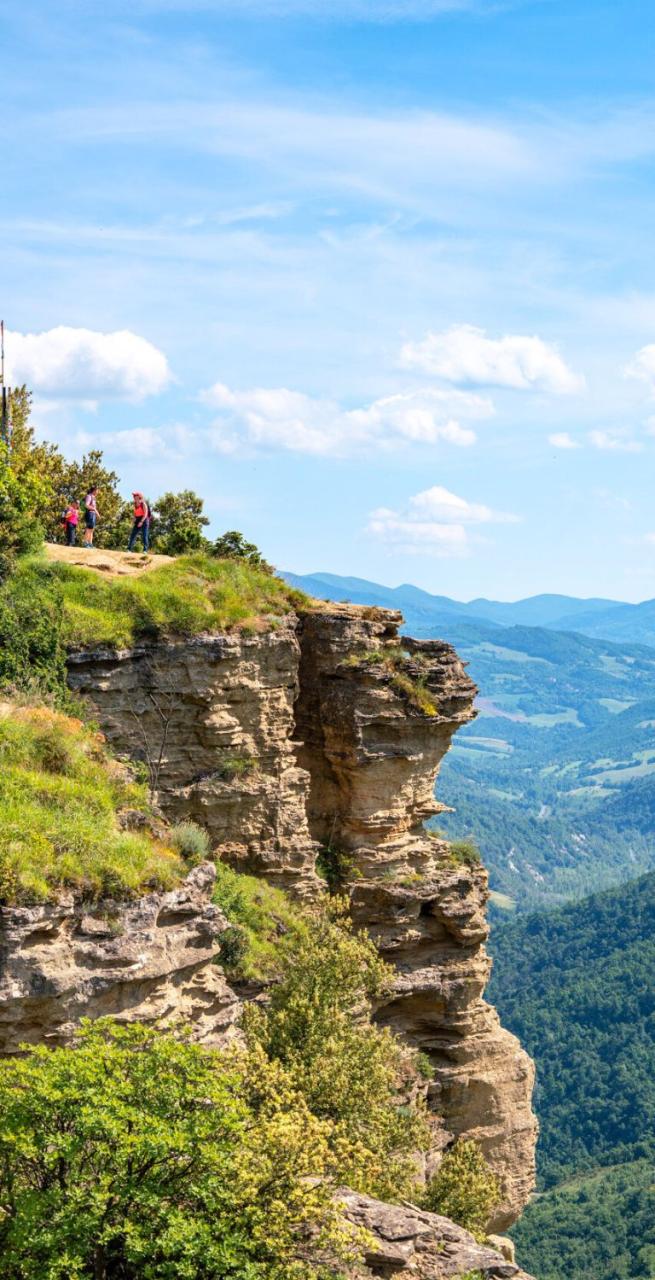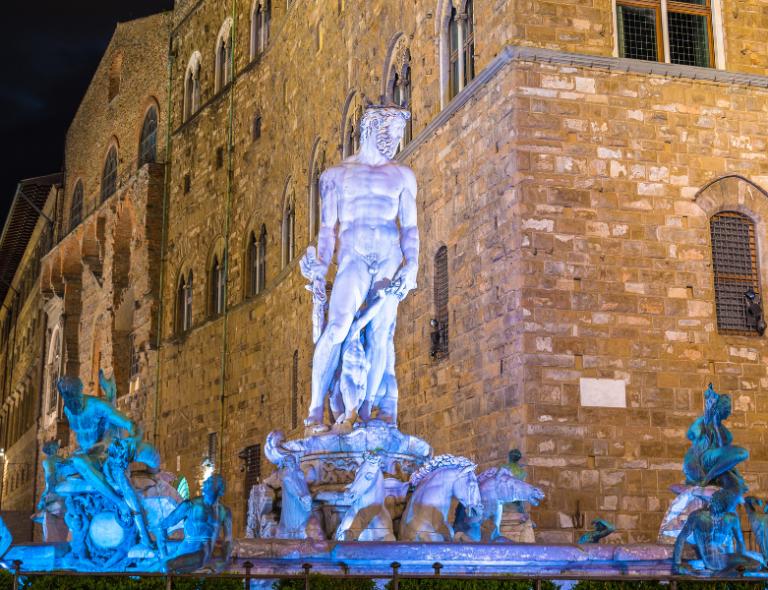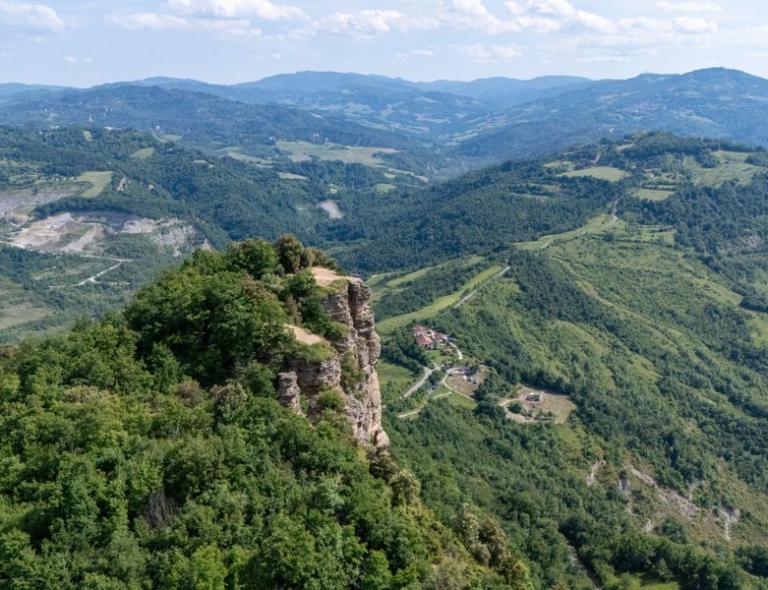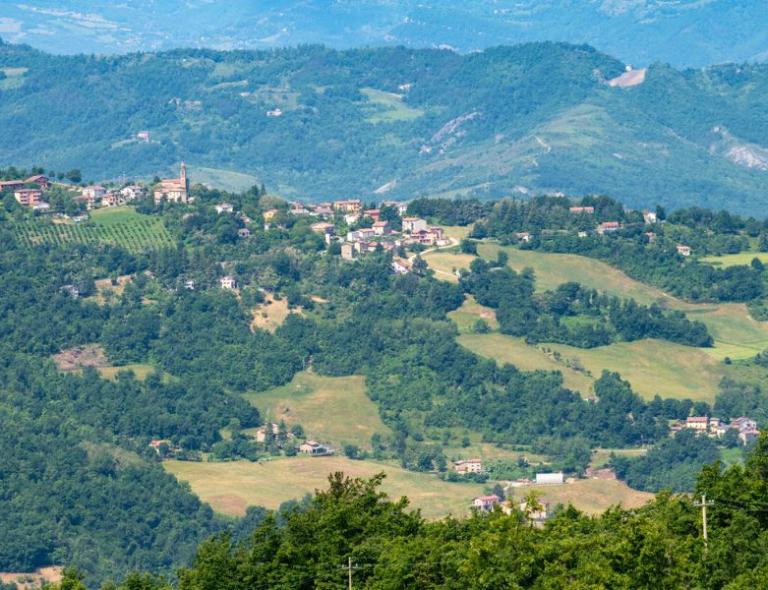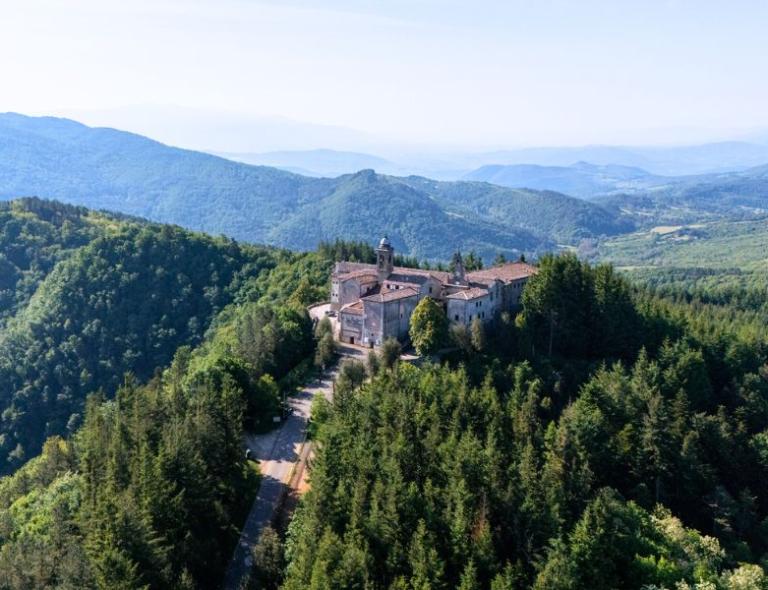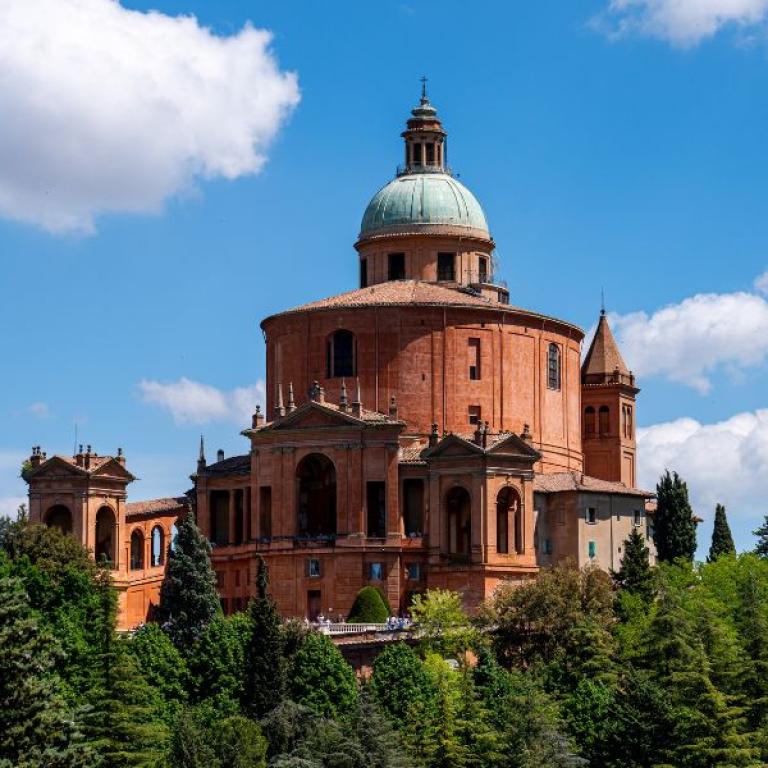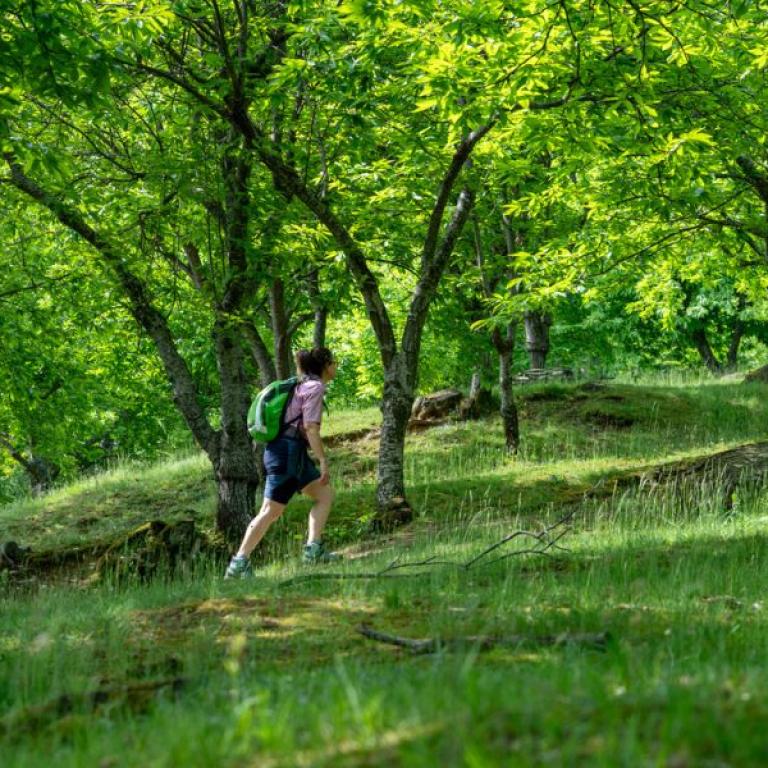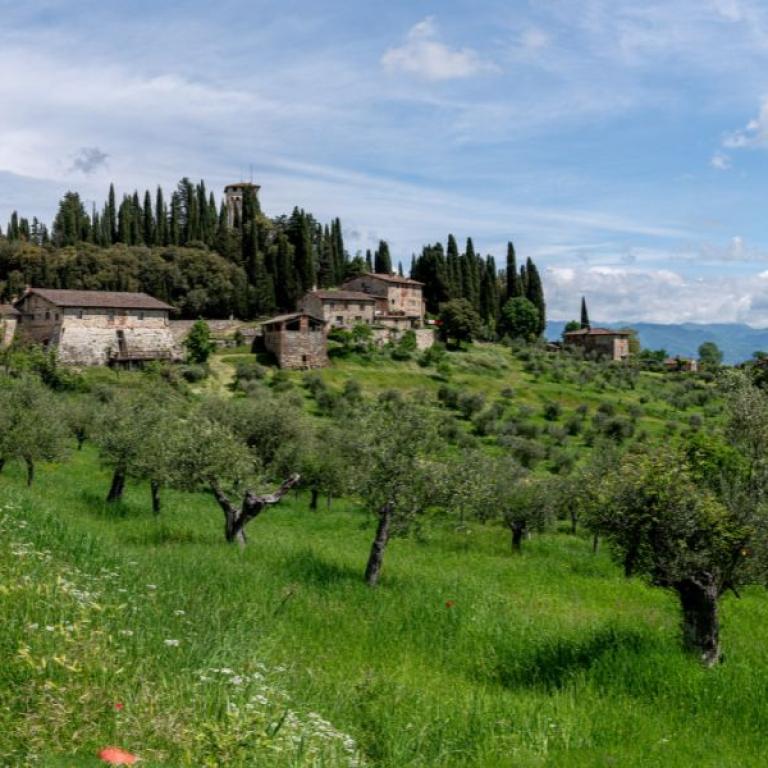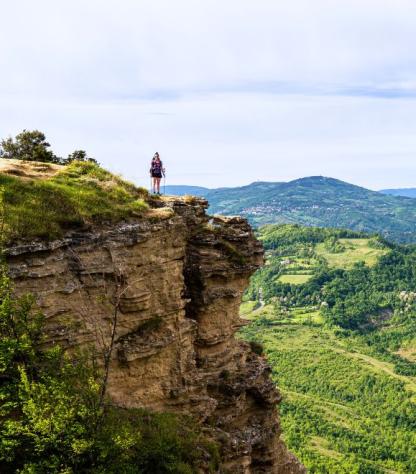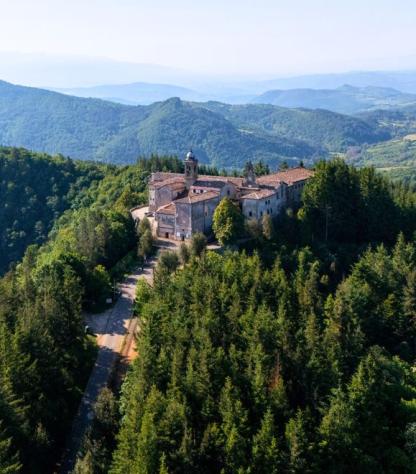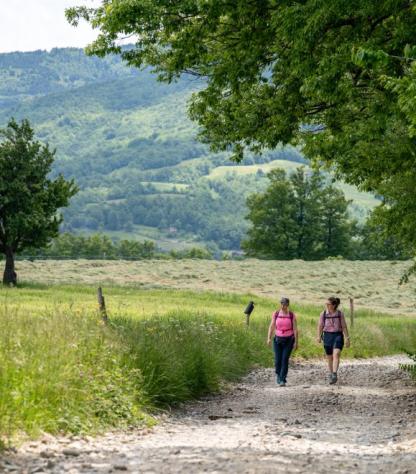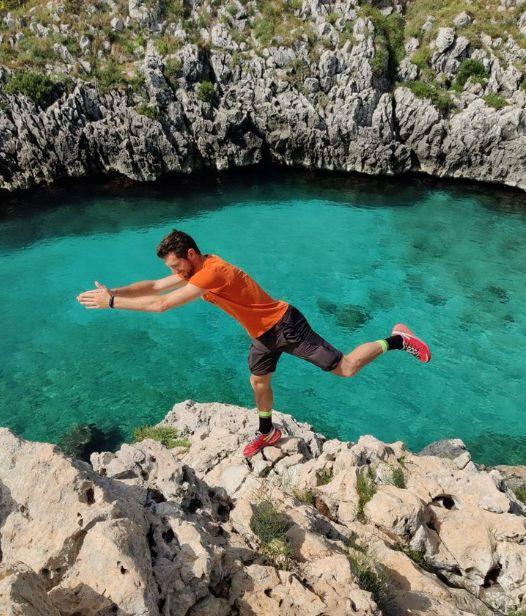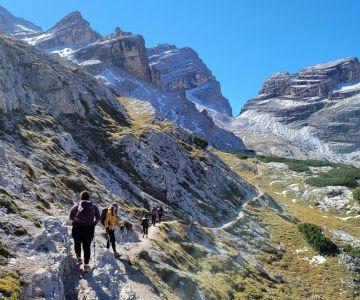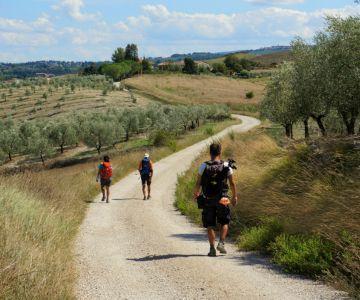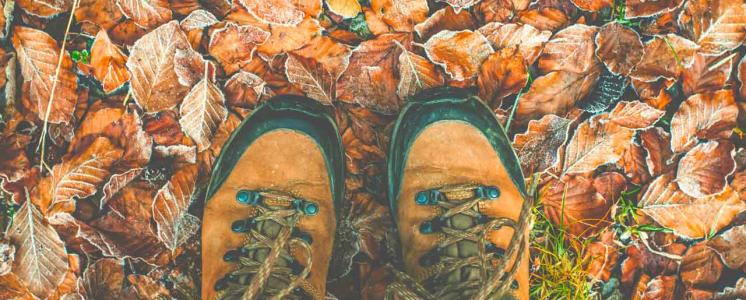How long is the Via degli Dei from Bologna to Florence?
The Via degli Dei spans about 130 km and is typically divided into 5 or 6 stages. Each stage ranges from 20 to 25 km, weaving through diverse landscapes that include mountain trails, dirt roads, and occasional paved roads.
What is the difficulty level of the trail?
This trail is considered moderately difficult. It's suitable for hikers in good physical shape, as the route involves climbing and descending along the Apennine pathways. Previous long-distance hiking experience is recommended. To learn more about what to expect on the trail, read our blog 'The Via degli Dei: A Journey from Bologna to Florence on Foot.'
What type of accommodations are available along your package on Via degli Dei?
We provide comfortable stays in carefully selected bed and breakfasts and hotels, all featuring private bathrooms. These charming accommodations offer a genuine and restful experience after a day of hiking.
How is the Via degli Dei marked?
The Via degli Dei is well-marked with specific signs displaying a yellow and red logo. These markers are placed throughout the route, making navigation relatively easy for those traveling on their own.
What should one bring for a journey on the Via degli Dei?
We recommend comfortable, hiking-appropriate clothing, sturdy trekking shoes, a water bottle, a hat, and sunscreen for UV protection. Don't forget a first-aid kit, a flashlight, and a comfortable backpack to carry your personal items during the day
